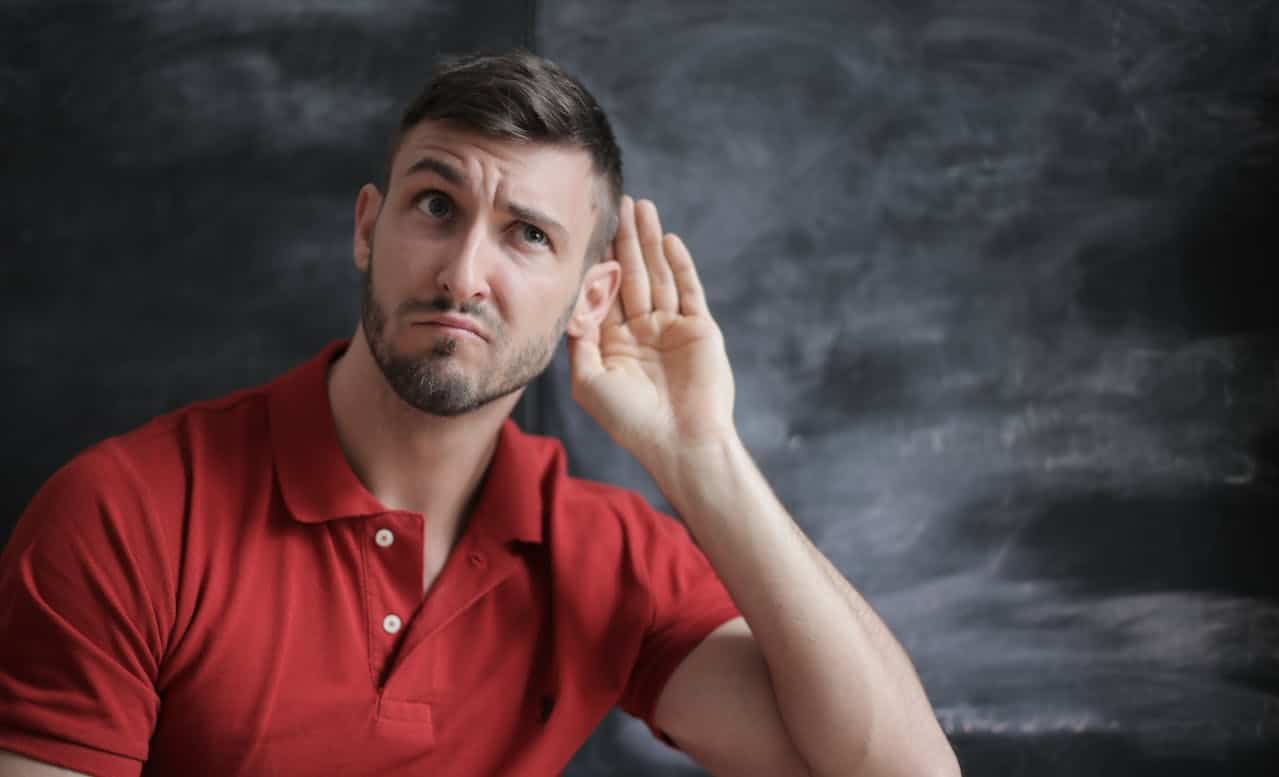Earwax, or cerumen, is a natural defense mechanism your body uses to safeguard the ear canal. It traps particles like dust and dirt, helping to keep the inner ear clean and infection-free. Typically, earwax migrates outward on its own. However, if it builds up or becomes stuck, it can result in earwax impaction, sometimes accompanied by lingering discomfort or chronic ear pain.
What Is Earwax Impaction?

Earwax impaction happens when wax accumulates and obstructs the ear canal, either partially or completely. Several factors can lead to this condition, including:
- Anatomical differences in the ear canal
- Excessive earwax production
- Use of cotton swabs or other objects that push wax deeper rather than removing it
Common signs of impaction include:
- A plugged or full sensation in the ear
- Decreased hearing
- Ringing in the ears (tinnitus)
- Dizziness
- Earache or general discomfort
A Closer Look at Chronic Ear Pain
Chronic ear pain refers to ear discomfort that lasts for more than three months. It can be triggered by various conditions, including:
- Repeated ear infections
- Temporomandibular joint (TMJ) disorders
- Nerve-related conditions
- Structural anomalies in the ear
Among these, earwax impaction is one of the more manageable causes—and one that can often be resolved with simple treatment.
Why Impacted Earwax Can Cause Ongoing Discomfort
When cerumen becomes impacted, it can press against the delicate walls of the ear canal and eardrum. This pressure may cause a dull, lingering ache that won’t go away until the wax is cleared.
In some cases, the trapped wax can hold moisture in the ear, creating a moist environment that encourages bacterial growth. This can elevate the risk of infection, making symptoms worse.
Moreover, repeated or improper efforts to remove earwax, especially using objects like cotton swabs or hairpins, can damage the skin in the ear canal. That irritation can trigger inflammation and prolong the discomfort. For people who frequently wear hearing aids or earbuds, impacted wax can worsen due to friction and limited ventilation.
Best Practices for Managing Earwax Buildup
If you think you may have impacted wax, resist the urge to try to clear it on your own. Digging into the ear canal can make the situation worse. Instead, visit a healthcare provider for a proper evaluation.
Depending on the severity of the blockage, a doctor might suggest:
- Wax-softening ear drops
- Ear irrigation
- Professional manual removal
For those who experience frequent buildup, routine check-ups and cleanings by a medical professional can help prevent ongoing issues.
It’s also important to note that symptoms like earaches or hearing difficulty aren’t always due to earwax. Other medical conditions could be the root cause, which is why it’s essential to seek medical advice if symptoms persist.
Understanding the impact of earwax impaction on your overall ear health is essential, especially when chronic pain is involved. With the right care, both the buildup and its related discomfort can be safely addressed.
If you’re experiencing persistent symptoms or have concerns about earwax, reach out to ENT & Allergy Specialists – Ear Nose and Throat Physicians and Surgeons for expert guidance and support.